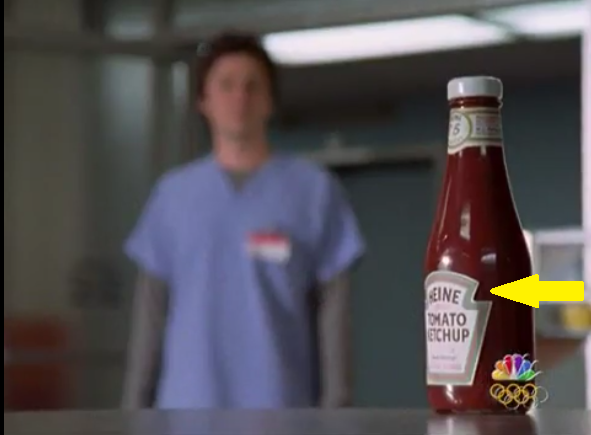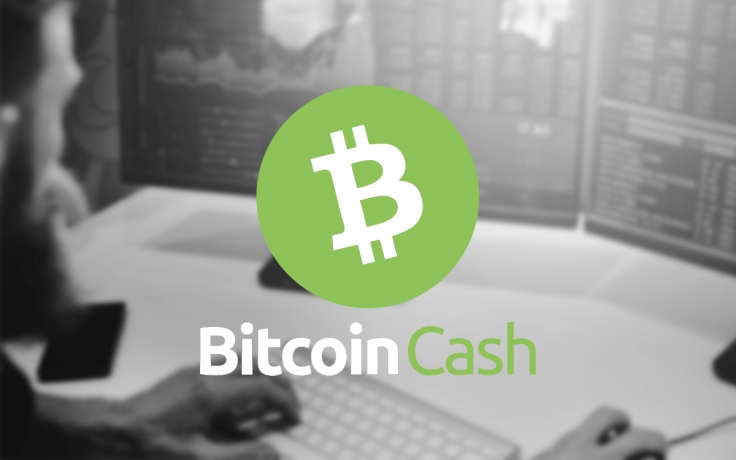ADMIN
No description.Please update your profile.

But, when the ultimately bubble bursts, investors quickly turn to panic selling, sometimes selling their assets for less than they’re worth based on fundamentals. The panic that follows a bubble can spread to other asset classes, and can even cause a recession. The investors who get hit the hardest — the ones who are still all-in just before the correction — are the overconfident ones who are sure that the bull run will last forever. Trusting that a bull won’t turn on you is a sure way to get yourself gored.

As investors lost confidence in the falling stock market, they invested in real estate. Investors sell at any cost, sending prices below their real value. An economic contraction follows, usually leading to a recession. Irrational exuberance is usually how a stock market crash causes a recession. In 2000, Yale professor and behavioral economist Robert J. Shiller wrote a book titled «Irrational Exuberance.» The book became famous because it explained the herd mentality that created the tech stock bubble in 2000. He also predicted the subsequent stock market crash that led to the 2001 recession.
Adam received his master’s in economics from The New School for Social Research and his Ph.D. from the University of Wisconsin-Madison in sociology. He is a CFA charterholder as well as holding FINRA Series 7, 55 & 63 licenses. He currently researches and teaches economic sociology and the social studies of finance at the Hebrew University in Jerusalem. A well-publicized pithy maxim about the stock market in the late 1990s. Alan Greenspan was Chairman of the Fed in those heady days, and he couldn’t figure out why stocks traded at such high multiples relative to their earnings. Or maybe he was just torqued because his buddies were making the sick money and he wasn’t.
Fed Chair Alan Greenspan first coined the phrase in a 1996 speech to the American Enterprise Institute. In «The Challenge of Central Banking in a Democratic Society,» Greenspan asked how central bankers could tell whether asset values were overpriced. For a few days, the markets collapsed, but then exuberance again took hold and the markets continued their rise. As an investor, irrational exuberance can spell disaster for your portfolio. And you can’t let yourself fall victim to the pull if you want to protect your long-term gains. This created growing demand for the rare broken bulb, and it became all the rage in Holland to own tulips.
After that, herd mentality kicks in, and investors follow each other towards any new and exciting asset. There may be valid signs that prices are growing, but once irrational exuberance takes over, growth takes on unnatural speed. And eventually, when the bubble bursts and prices return to normal levels, investors panic and sell en masse at any cost, driving an economic contraction. Irrational Exuberance is also the name of a 2000 book authored by economist Robert Shiller. The book analyzes the broader stock market boom that lasted from 1982 through the dotcom years.

While it may be tempting to ignore warning signs, you should always watch economic indicators. Even if an asset seems to have meteoric growth, if the price doesn’t match the underlying value, it will eventually crash. And if the indicators say the market isn’t as strong as it looks, you shouldn’t let yourself slip into a herd mentality and place your money on a sinking ship. Then confidence crumbled, and the market collapsed, sending prices crashing back down to earth and leaving investors unable to sell bulbs for even a fourth of what they paid. It wasn’t devastating for the economy, but it did undermine social expectations, namely the previous trust in other people’s ability to pay. It may even look like prices are rising for valid reasons.
Fed Chair Alan Greenspan warned the markets about their irrational exuberance on December 5, 1996. But he did not tighten monetary policy until the spring of 2000, after banks and brokerages had used the excess liquidity the Fed created in advance of the Y2K bug to fund internet stocks. Having poured gasoline on the fire, Greenspan had no choice but to burst the bubble. And because investors are desperate for more new growth, they sink money into whatever asset happens to be rising without inspecting possibly deteriorating returns or poor economic fundamentals. If they stuck to the fundamentals, they would reject bad investments and keep their cash, but because they’re desperate for more growth, they turn to any shiny asset that might present an opportunity. In the next section, we examine the literature on the five variables of interest.
The height of the bubble was between 1634 and 1637, when tulips went for 10,000 guilders, roughly the value of a mansion on the Amsterdam Grand Canal. The rarest bulbs traded for six times the average person’s salary. Irrational exuberance in investing can crush your long-term gains and rational planning. Here’s what investors need to know so they don’t fall victim to the hype. This website is using a security service to protect itself from online attacks.
That’s why we’re here to help you make sense of the blue-chip art market. Then, you can assess the signals and purchase shares in authenticated multi-million-dollar art. Then fill out your membership application today to learn more. We know that it can be hard to make heads or tails of market signals.
Sam Bankman-Fried & the FTX Crypto Myth.
Posted: Tue, 15 Nov 2022 08:00:00 GMT [source]
We then present our field study and analyze our results. We conclude by examining the limits and potential of our research effort. Irrational exuberance happens when investors look at positive signals and egg each other on. As Greenspan argued, they become complacent in the expectation that good times will last, and in their rush for profits, they overlook deteriorating economic fundamentals and bid ever higher, creating a bubble. As there is no fundamental reason for the higher asset prices, it will eventually burst and go into market correction, resulting in a panic sell-off.
The world stock market is a set of exchanges and markets… Irrational exuberance is defined by an overinflated asset value caused by increased enthusiasm among traders without any rational reasons backing the positive market sentiment. The strong dollar also drove up the value of the Chinese yuan, which was pegged to the dollar. In response, the People’s Bank of China lowered the yuan’s value by 3% in August 2015. That triggered a Chinese stock market crash and raised concerns of currency wars. The stock market crash that followed erased more than four years of gains in the tech-heavy Nasdaq composite index and wiped out many billions of dollars in market capitalization.
And as the irrational exuberance investing definition shows, many people ignore logical signals in favor of profit that doesn’t have a basis in real value. The same buyers who initially were overly enthusiastic irrational exuberance meaning about the asset’s growth will sell the asset ultimately pushing its price below intrinsic value after the bubble burst. Traders purchase more quantities of a stock, assuming its value has potential to grow.
He then asked whether central banks should address irrational exuberance with monetary policy. At the time, the Fed didn’t concern itself with the stock market or even real estate prices. He did note though, that central bankers must get involved when they sense that speculative frenzy is driving a dangerous bubble. He concluded that when the stock market or any asset class affects the economy, then central bankers must get involved. It is believed to be a problem because it can give rise to bubbles in asset prices.
The Death Of Irrational Exuberance.
Posted: Sat, 22 Jan 2022 08:00:00 GMT [source]
In the stock market, it’s when investors are so confident that the price of an asset will keep going up, they lose sight of its underlying value. The phrase was coined by former Federal Reserve Chairman Alan Greenspan in 1996. It’s also a book by Robert Shiller describing the 2000 stock market bubble.
Irrational exuberance can be understood as mania, but it doesn’t happen in a vacuum. Remember, while we like to think of financial markets as rational, they’re the product of human decisions and attitudes, and try as we might, people aren’t rational. What is irrational exuberance, and how can you protect your portfolio from it?
No description.Please update your profile.
LEAVE A REPLY